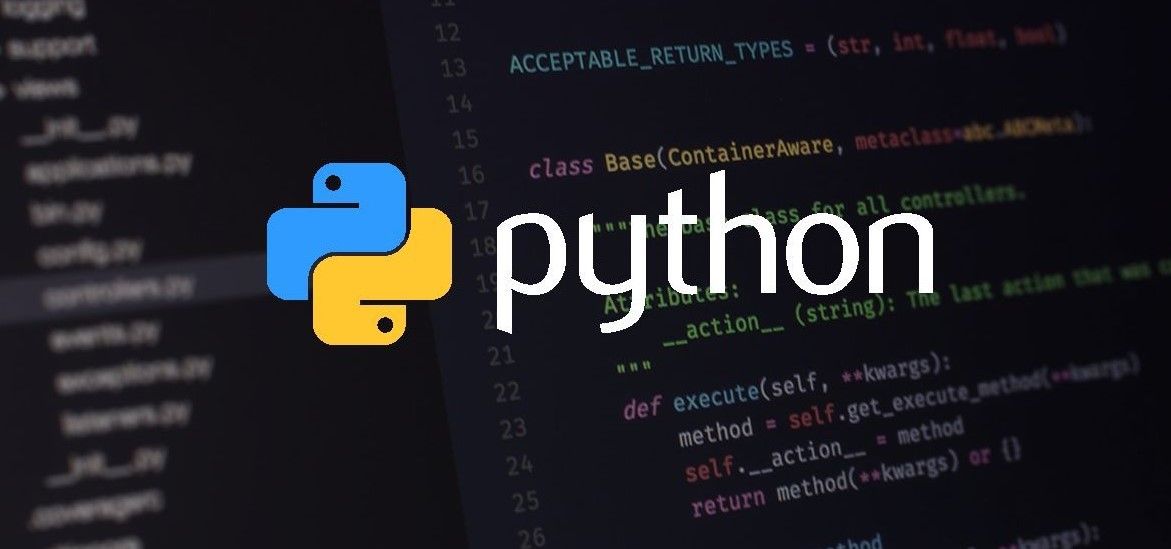Common Terms You Should Know with Python
Before you get too far into your programming with Python, it is important to understand some of the words that can make the programming easier to understand. This chapter is going to take some time to look at the different words that are common in Python programming, and which we do talk about a bit in this guidebook, to help avoid some confusion and to help you get started with your first code.
To get In depth knowledge on Python You can neroll for free live demo Python Online course
Class—this is a template that was used for creating user-defined objects.
Docstring—this is a string that will appear lexically first expression inside a module, function, or class definition. The object will be available to documentation tools.
Function—this is a block of code that is invoked when using a calling program. It is best used in order to provide a calculation or an autonomous service.
IDLE—this stands for Integrated Development Environment for Python.
This is the basic interpreter and editor environment that you can use along with Python. It is good for those who are just beginning with this and can work for those on a budget. It is a clear example of code and won’t waste a lot of time or space.
Immutable—this is an object within the code that is assigned a fixed
value. This could include tuples, strings, and numbers. You can’t alter the object and you will need to create a new object with a different value and store it first. This can be helpful in some cases, such as the keys in a dictionary.
Interactive—one thing that a lot of beginners like about Python is that it is so interactive. You can try out some different things in the interpreter and see how they will react right away in the results. It is a good way to improve your programming skills, test out a new idea you have and more.
List—this is a datatype within Python that is built in. It contains a mutable sequence of values that are sorted. It can include immutable values of numbers and strings as well.
Mutable—these are the objects that will be able to change their value within the program, but which are able to keep their original id().
Object—within Python, this is any data with a state, such as a value or an attribute, as well as a defined behavior, or a method.
Python 3000—Python 2 and Python 3 are the main two types of Python that are available. Many people have stuck with Python 2 since Python 3 does not have any backwards capabilities and they like using the databases on the older version. Python 3000 is a mythical option of Python that does allow this backward capability so you can use it and the Python 2.
String—this is one of the most basic types that you will find in Python that will store the text. In Python 2, the strings will store text so that the string type can then be used to hold onto binary data.
Triple quoted string—this is a string that has three instances of either the single quote or the double quote. It could have something like ‘’’I love tacos’’’. They are used for many reasons. They can help you to have double and single quotes in a string and they make it easier to go over a few lines of code without issues. Learn for Python training
Tuple—this is a datatype that has been built into Python. This datatype is an immutable ordered sequence of values. The sequence is the only part that is immutable. It can contain some mutable values, such as having a dictionary inside it, where the value’s can change.
Type—this is a category or sort of data that is represented in the programming languages. These types are going to differ in their properties, they including immutable and mutable options, as well as in their functions and methods. Python includes a few of these including dictionary types, tuple, list, floating point, long, integer, and string.
#Pythonprogramming #Pythononlinecourse #Learnpython #Pythoncertification #python
